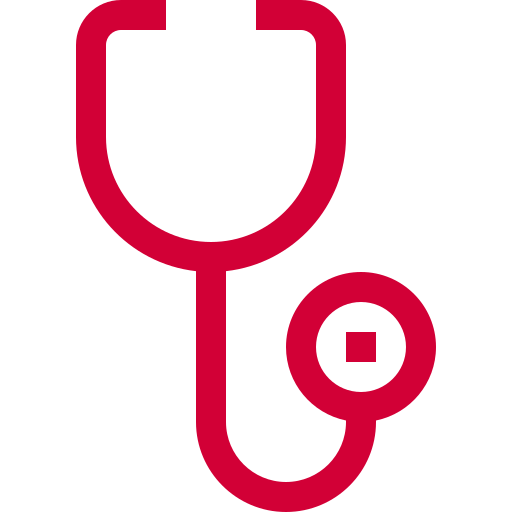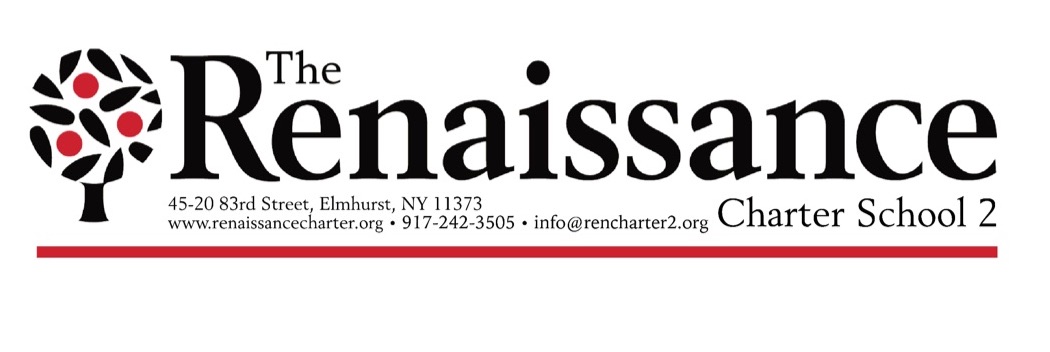Health and Safety
Pandemic Health and Safety
We take the Health and Safety of our families and faculty seriously. We hope that the measures we have taken, which you can find below, will put our families and staff at ease

In-Person
We will have hybrid socially distanced instruction. With daily health screenings and health officials on staff.

Social Distancing
Enforced proper social distancing protocols established by the CDC, DOH and SED.

Wearing Mask
Everyone entering will wear a mask, and keep them on, given some mask-breaks at a social distance.

Visitor
Unfortunately, parents and other visitors are not allowed in except by appointment. Children will be dropped off at the doors, met by school personnel

Student Drop-off and Pick-up:
Designated areas

Daily Health Screening:
Daily screening for faculty and students

Health Protocols
Gatherings
- Meals—for all students in classrooms, or at home
- Common Areas—reduce access to, or close areas that do not allow for social distancing.
- Meetings—video or teleconferencing for parent meetings and other gatherings
NYSED Parent Portal
The New York State Education Department Parent Dashboard provides a gateway to school-level data for parents and the general public. Feedback from parents and stakeholders will guide enhancements to the Parent Dashboard. View the dashboard and provide feedback: https://data.nysed.gov/parents/. HERE is more information on the NYSED Parent Portal.
REOPENING PLAN
Our 2020-2021 Reopening Plan. Updated DOH Reopening Plan HERE.
Para leer en español, haga clic aquí.
PHASE 1
HYBRID/REMOTE September 8
Families will have the opportunity to choose the learning option that works best for them. Hybrid students will attend school at least 5 days a week in a two week period. Remote students will have access to live lessons using our state of the art tracking camera system from inside the classroom. Lessons will also be available on Google Classroom for asynchronous learning.
PHASE 2
100% IN PERSON
100:% In person Learning – Students will return to the building for in person classes. Students will be able to work with classmates while being educated by at least two teachers in every classroom. The standard school schedule would return with engaging activities for young minds throughout the day.
DOE, DOH, and more
Updated information from the Department of Education (DOE), Department of Health (DOH), Centers for Disease Control and Prevention (CDC), and the World Health Organization (WHO).
Some of the changes in schools’ classroom attendance or structure will include:
- Cohorts: Dividing students and teachers into distinct groups that stay together throughout an entire school day during in-person classroom instruction. Schools may allow minimal or no interaction between cohorts (also sometimes referred to as pods).
- Hybrid: A mix of virtual learning and in-class learning. Hybrid options can apply a cohort approach to the in-class education provided.
CDC
- Wash your hands with soap and water often.
- Cover your nose and mouth with a tissue or sleeve when sneezing or coughing.
- Do not touch your face with unwashed hands.
- Do not shake hands. Instead, wave or elbow bump.
- Monitor your health more closely than usual for cold or flu symptoms.
- Get your flu shot – it’s never too late.
- Reduce overcrowding by walking or biking to work, if possible.
- If the train is too packed, wait for the next one.
DOE
If you have minor symptoms, such as a slight cough or a mild fever, there is generally no need to seek medical care. Stay at home, self-isolate, and monitor your symptoms. Follow national guidance on self-isolation.
However, if you live in an area with malaria or dengue fever it is important that you do not ignore symptoms of fever. Seek medical help. When you attend the health facility wear a mask if possible, keep at least 1-meter distance from other people, and do not touch surfaces with your hands. If it is a child who is sick help the child stick to this advice.
Seek immediate medical care if you have difficulty breathing or pain/pressure in the chest. If possible, call your health care provider in advance, so he/she can direct you to the right health facility. WHO
Get Tested
All New Yorkers should get a COVID-19 diagnostic test, whether or not they have symptoms or are at increased risk. Tests are free. Look for a testing site near you. DOH
DISTRICT EMERGENCY RESPONSE PLAN
Our 2021-2022 Pandemic Plan linked HERE
Related Links
- Updated Covid-19 Health Policy (DOE) HERE
- Helping kids cope with stress
- Covid-19 Emergency Hot Line
- Covid-19 Symptoms
- Covid-19 Prevention tips
- Handwashing 101
- Coping with Stress
